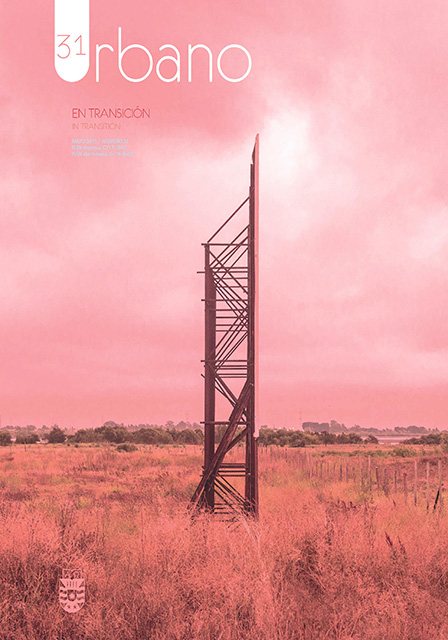Urban vulnerability and resilience to climate change: The case of the Guadalajara metropolitan area, Mexico
Keywords:
vulnerability, resilience, city, metropolitan area, communityAbstract
Mexico participates in initiatives and agreements on climate change. Studies have been carried out and legislation produced to address this phenomenon. In the Guadalajara Metropolitan Area (ZMG in Spanish), the second-largest urban area in Mexico, meteorological and geographical vulnerability studies of the territory have been done that offer an overview of the situation, which depends on the physical characteristics of the area at risk, as well as the structural vulnerability of the infrastructure and equipment. As a result of catastrophic events, social and organizational spheres become involved, public and private connect; and their intersection creates vulnerability interdependence, due to proximity, interactions and interfaces in the occupation of spaces, land use and activities in the territory. Urban resilience is understood here as the resistance of a system that absorbs disruptions, and adapts and organizes itself to regain a balance similar to that experienced prior to the extreme event.
Downloads
Downloads
Published
How to Cite
Issue
Section
License
The content of articles which are published in each edition of Habitat Sustentable, is the exclusive responsibility of the author(s) and does not necessarily represent the thinking or compromise the opinion of University of the Bio-Bio.
The author(s) conserve their copyright and guarantee to the journal, the right of first publication of their work. This will simultaneously be subject to the Creative Commons Recognition License CC BY-SA, which allows others to share-copy, transform or create new materials from this work for non-commercial purposes, as long as they recognize authorship and the first publication in this journal, and its new creations are under a license with the same terms.![]()























